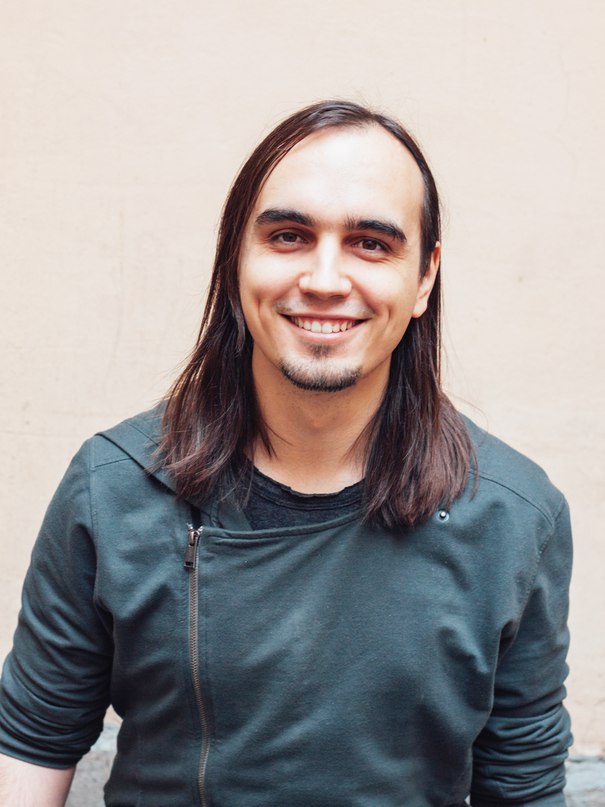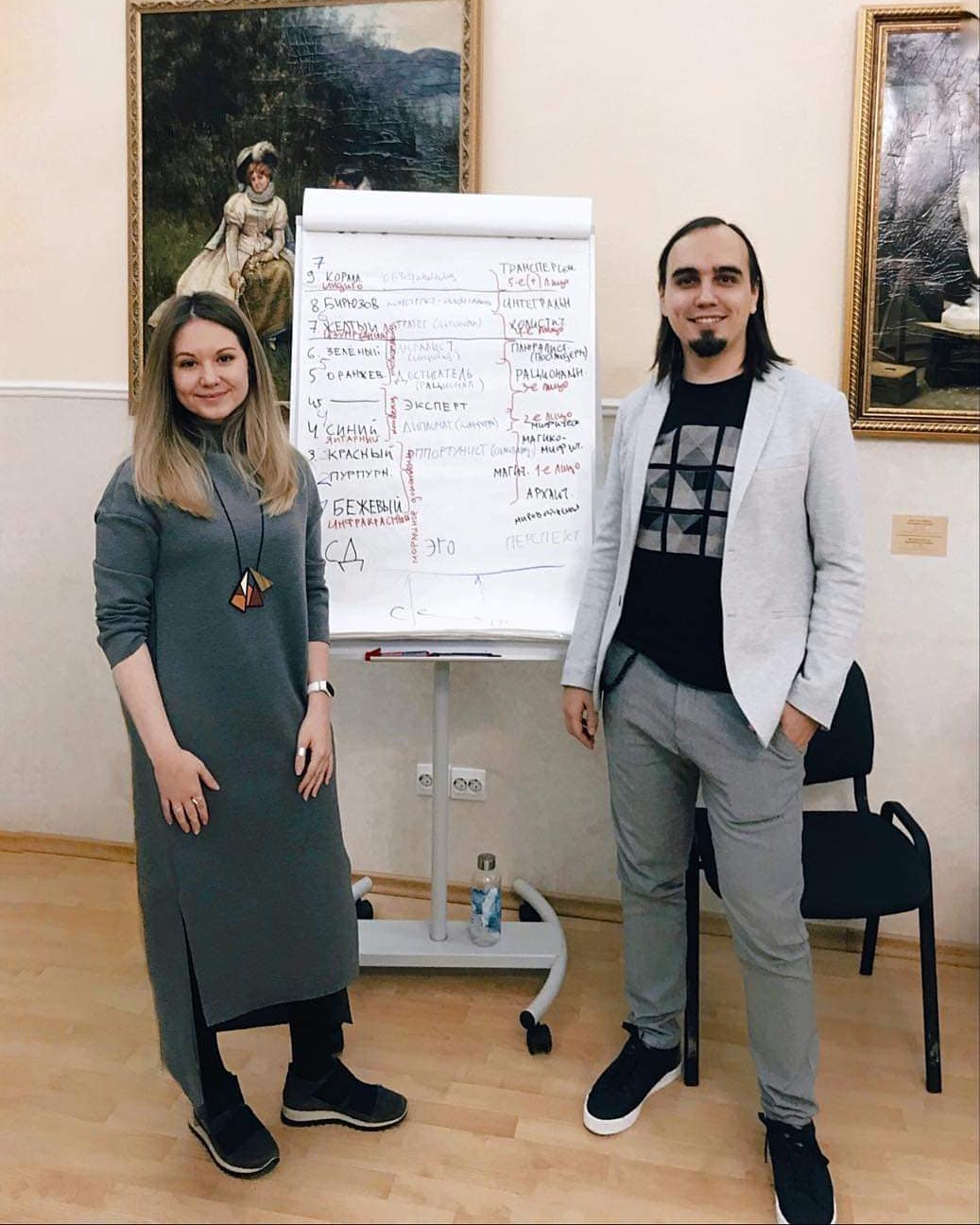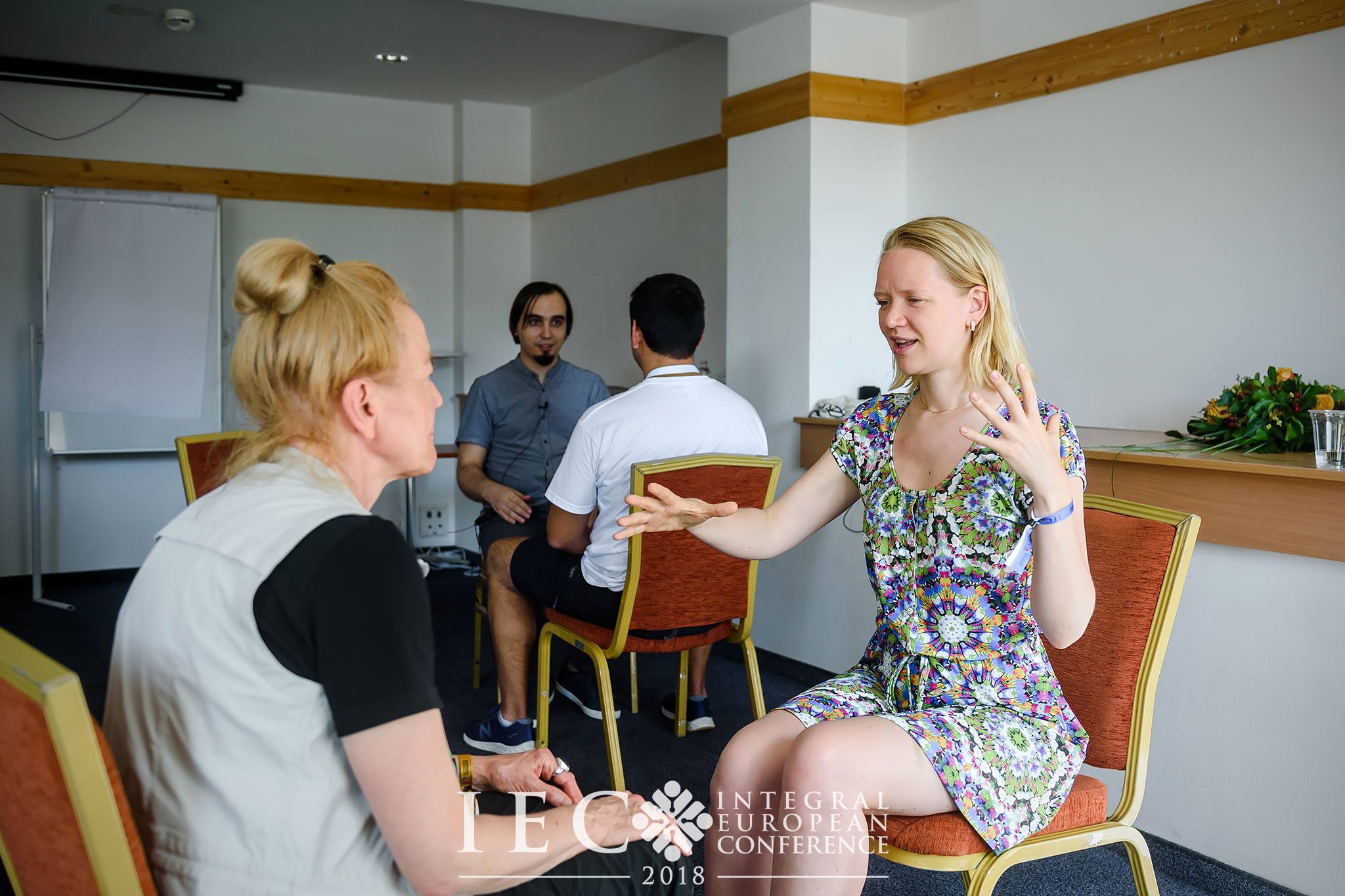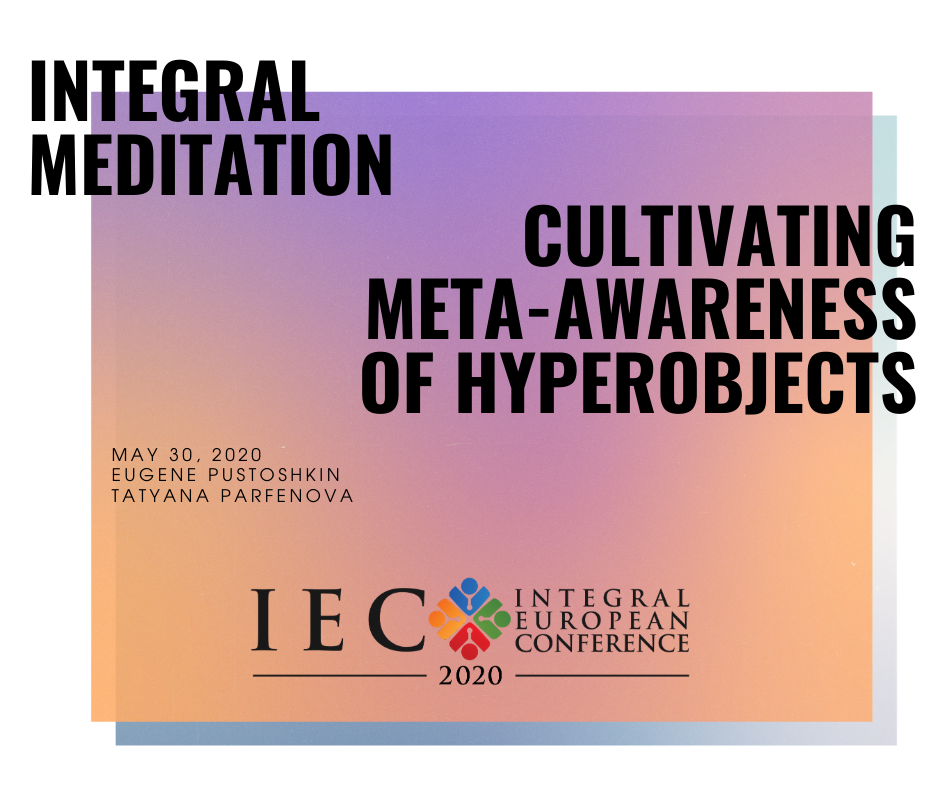Introduction: The Year When the Earth Discontinued

This year has proven to be challenging, indeed! It is full of sociocultural, medical, economical, and psychological turmoil for many people across the world. Large-scale events erupted and interrupted continuities of our everyday existence. 2020 can be called The Year When the Earth Stood Still—and Discontinuity and Discord prevailed. Multidimensional non-linear processes look like thousands of runaway trains—running in every possible direction (including mutual collisions and miraculous rescues).
First, there is this virus that infected the whole world. Most social events scheduled for the first half of the year were cancelled or postponed due to what evolved into being the COVID-19 pandemic—a happening which can be called a super mega event of interruption and disruption. We will see books and documentaries about this almost apocalyptic occasion—apocalyptic at least in the original meaning of the term:
Middle English Apocalipse “Revelation (the New Testament book),” borrowed from Anglo-French, borrowed from Late Latin apocalypsis “revelation, the Book of Revelation,” borrowed from Greek apokálypsis “uncovering, disclosure, revelation,” from apokalyp-, stem of apokalýptein “to uncover, disclose, reveal” (from apo- APO- + kalýptein “to cover, protect, conceal,” of uncertain origin) + -sis -SIS [Webster]
Revelatory, uncovering, disclosing it is, indeed. Perhaps we could also treat this term somewhat in a Gebserian way (akin to his use of the term aperspectival) to include the simultaneity of apokalýptein and kalýptein. In this apo/calipse things shift and shuffle, and some things are revealed, while other are concealed and uncertain.
And it is not just the virus. Currently, we are also witnessing the intensity of #BlackLivesMatter mass riots and protests in the United States with discussions of racism, marginalization, inequality and injustice, as well as dangers of state’s use of advanced technologies (such as AI) to unilaterally control people and whole societies. This has reverberated across the Western World (I almost wrote “across the Westworld,” for much of what’s been happening this year seems to have been predicted by Jonathan Nolan and his team of creators of the Westworld futuristic television series), with protests reaching beyond USA into such countries as the United Kingdom and France.

These mass protests, as often in cases like this, reveal themselves to be a mixture of heightened, possibly postconventional sensitivities/awareness (such as worldcentric protest against racism) and very low-stage, preconventional acts (such as egocentric looting and destruction of both private and public property and cultural heritage). The unfolding events that we are witnessing now appear to be a manifestation of numerous pre/trans fallacies (this specific term was coined by Ken Wilber to highlight that postconventional consciousness/behaviors are often confused with preconventional consciousness/behaviors).
What the World needs now seems to be enacted means and ways to cultivate Integral Awareness—the phenomenological capacity to see (aware) the World as translucent and whole—and Integral Consciousness—the structural capacity to grok and contain that awareness in the embodied and embedded opening/spaciousness of our individual and collective being-in-the-world. The whole totality of continuous and discontinuous multilinear pathways and trajectories of our human kosmos can be conceived as consisting of numerous hyperobjects—enormous constellations of occasions which are utterly beyond our ordinary mind (and what Clare Graves, Don Beck and Ken Wilber call first-tier thinking and modes of being) and our pitiful linear sensations of time and space.
Hyperobject Meta-Awareness
On Saturday, May 30, 2020, Tatyana Parfenova and I co-facilitated an experiential online workshop, where we presented one of the possible ways to use Integral Meditation as a means of meta-awareness work with hyperobjects (we used the COVID-19 pandemic as an experiential hyperobject case study). This online workshop was a part of the Integral European Conference 2020 Online—one of those virtual summits which were forced into ex-istence by the irruption of the pandemic-related irregularity.

This work on becoming more fluent in our interactions with hyperobjects is a part of a larger investigative activity trend in the Integral community. For instance, a couple of days earlier Gail Hochachka had described how such hyperobjects as the ongoing global climate change and this global pandemic are similar and dissimilar—and how different structures of consciousness comprehend them (register, semi-register or not register at all). These hyperobjects subsist for all structures of consciousness, but they ex-ist only when we become attuned to them both structurally and states-wise.
Subsistence and ex-istence are the terms that Wilber uses in his postmetaphysical formulations to explain the inseparable unity and co-emergence of epistemology × methodology × ontology, or subjects × enactments × objects [including hyperobjects]—certain phenomena may subsist for the conscious world of human beings until there is enough consciousness and advanced means to register and co-conceive these phenomena. And then, once there is enough consciousness and once there is an appropriate methodology, these phenomena start to disclose themselves to that consciousness + methodology enactment and can be said to be ex-isting—but only to those who have a somewhat privileged access to this perspectival address. A better and simpler explanation of this can be seen in Wilber’s important book Integral Spirituality.
Could it be said that genuine apprehension of a hyperobject requires a hypersubject of sorts? It seems so, and third-tier transpersonal consciousness as described by such consciousness researchers as Aurobindo and Wilber himself appears to be a good illustration of what such a super-subject could look like and feel like. Furthermore, we could play with a potential difference between hypersubject and metasubject, with the former being an [hyper]object-directed subjectivity, while the latter could be seen as a self-apprehending metasubjectivity—the space of primordial awareness being aware of itself as itself (genuine meta-awareness).
But those semantic games can be quite arbitrary and meaningless—unless we find ways for actual co-enactment and co-embodiment of these lofty ideals and lofty potentialities, inhabiting them in our actual living. How can we move closer to these more comprehensive ways of being aware and conscious (perhaps, superconscious) of these intense and ever-expanding universes of events? How can we gradually build or grow or forge this Integral organon of meta-consciousness and meta-awareness? It involves turning towards the source of our consciousness-awareness as we experience it self-arising moment to moment.
In order to make that move, we have to complete a sort of U turn and become utterly self-aware and self-conscious as embodied manifestations of shared mutual presence—that sort of shared mutual presence that is aware of itself through the points of individuality of each one of us. Otto Scharmer, who also spoke on the same conference day as Gail Hochachka, describes how the U process allows us to suspend our judgements and stop downloading previous patterns of meaning making in order to allow us to feel the gap of presencing and causal void in which the evolutionary future is emerging and coalescing (see, e.g., Scharmer’s book Theory U).
The bottom of the U process as it is described by Scharmer, the point of presencing, reminds of the sacred silence, or hesychia—the interior quietude (which is not opposite to the living phenomenal world but reveals itself as its inherent property)—that is seen as a state-stage of spiritual awakening in a Christian mystical path of Hesychasm. Similarities (and differences) can be found in many other traditions as well. If deepened, this leap of silence and uttermost letting go & letting be—which is not a matter of “not saying anything,” but is a matter of entering and cultivating (via silent prayer or contemplation) a special mode of conscious awareness—discontinues our ordinary and subtle identifications and allows for a much greater Continuity to become the dominant mode and resurrect what feels to be a natural, unspoiled and unfettered Source or Ground of Being & Creativity.
This profound state of consciousness serves as an auspicious ground to revealing non-dual awareness that can be simultaneously aware in and of itself (being meta-awareness) and be a container vast and spacious enough to let energies and resonances of any hyperobject to self-disclose and reveal themselves to our presence. In this mode we are entering the chamber of conversation and communication with Reality, knowing phenomena not by describing them or representing them within our minds but by communing with them—and potentially cognizing them directly through nondual identity with them (as Wilber formulates this mode of knowing in his most recent works). Meditation and contemplative practice can be seen as a mind of metapractice to both reveal and cultivate deeper states of presence/awareness and disclose deeper ways of relating to—and awaring (if I am to use that Gebserian term)—hyperobjects.
Integral Meditation for Hyperobject Meta-Awareness
There can be numerous ways to approach this altitude and plenitude of Integral meta-awareness, but the paradigm we discussed and introduced at our workshop is that of Integral Meditation.
Our Integral Meditation method has been significantly upgraded and expanded in comparison to what Ken Wilber describes in his book Integral Meditation (2015)—while also retaining the foundational principles, such as making objects out of hidden subjects and using a detailed knowledge of developmental cartographies (derived from such frameworks as Mahler’s stages of psychological birth of a human infant and Susanne Cook-Greuter’s framework of adult [ego] development and meaning making all the way to post-autonomous stages of maturity and Robert Kegan’s orders of consciousness and Clare Graves’ levels of consciousness reformulated by Don Beck as levels of SDi values systems, or vMEMEs, and so on).
Our approach to Integral Meditation, while being grounded in a fully Integral and AQAL understanding, involves a unique cutting-edge experiential psychotechnology system which combines multiple techniques of awareness and attention work within a coherent and easily applicable Whole (including the techniques that emerged in the field of studying non-ordinary subjects as a part of unpublished Soviet consciousness research).

Integral Meditation can be practiced as an autonomous standalone meditation/contemplation system—being an evolving psychotechnology of consciousness transformation, intensification and exploration—and it can also be practiced as a part of what we call the Holoscendence meta-paradigm, originally developed by Sergey Kupriyanov, the Helsinki-based Integral therapist—which is a unifying experiential metaframework of therapia and transformation that serves as a methodological basis for our experiential work.
Despite the fact all of this might sound a bit cognitively sophisticated, in fact the Integral Meditation process is very embodied, spacious, vo-luminous, and it doesn’t require “heady lifting.” The Universal Mind Awareness is our ever-present capacity which can be directly felt-awared.
Together with our collective field (which included each participant of the Integral Meditation online workshop at the IEC 2020 Online) we were co-weaving the Integral Meditation wave of hyperobject meta-awareness. Our experience shows that this method is useful both for novice practitioners (who would appreciate simpler instructions that we provide) and for more advanced and experienced practitioners (who might enjoy the deeper instructions that arise as they go deeper into the process).
This Integral Meditation practice has been verified as experientially effective in dozens of workshops and individual sessions (both offline and online), including deeper psychotherapy processes (especially as they are explored in Holoscendence), and it has proven to give fantastic results both to beginners and advanced practitioners. This teaching-system is unique in many ways and we are honored by this opportunity to present it to the world Integral community.
If you are interested in exploring the Integral Meditation further—perhaps, through organizing an Integral Meditation workshop or retreat in your region of the world or taking individual online lessons—feel free to write the author: eapustoshkin@gmail.com (you can also use the feedback form on this page).
Appendix. Practicing Integral Meditation to Cultivate Meta-Awareness of Hyperobjects (such as COVID-19 Pandemic)
The abstract for the online workshop by Eugene Pustoshkin & Tatyana Parfenova, which took place at the IEC 2020 Online on May 30, 2020

Integral Meditation (IM) is a powerful process and emergent teaching of cultivating vo-luminous empty awareness which one can use to investigate all sorts of objects—gross, subtle, causal, and nondual events.
In IM work with adult development stages, or “Growing Up,” is interwoven with progression through awareness states of “Waking Up” as well as various methodologies of “Cleaning Up” (i.e. multilayered shadow work) and “Showing Up” (via all-quadrant enactment). It is aimed at intensifying consciousness, co-enacting multidimensional We-space vibrancies and facilitating vertical transformations. It allows not only experiencing states of profound psychological and embodied shifts (and change in all quadrants), but also cultivating a meta-awareness container that enables experiential investigation and cognizing of even the most sophisticated objects.
Timothy Morton coined the term “hyperobject” to designate entities of such vast temporal and spatial dimensions that they cannot be grasped by our ordinary human consciousness. The global event of the COVID-19 pandemic can be seen as such a hyperobject—a mega event that has been developing rapidly in multiple directions and dimensions. It can be argued that holistic and cohesive exploration of such a hyperobject requires undergoing profound growth both in our structures of consciousness and our awareness states. We will use the Integral Meditation process to guide us through aspects of this transformative process and explore the COVID-19 hyperobject within an experiential AQAL matrix in order to assimilate its energies as they are existentially relevant to our evolving being-in-the-world.
IM itself represents a combination of Ken Wilber’s Integral Metatheory (as described in his book Integral Meditation and other works) and Holoscendence (an experiential approach originated by Sergey Kupriyanov, MD, PhD in Medicine) as well as original contributions by the authors of this online workshop.
Eugene Pustoshkin lives in Moscow, Russia. He currently serves as the Chief Editor of Eros and Kosmos (see: http://eroskosmos.org/english), the leading Russian Integral online journal; he is also the Bureau Chief / Associate Editor for Russia at Integral Leadership Review. In 2010, he graduated as clinical psychologist from St. Petersburg State University and has been working intensively as an Integral psychologist/therapist & consultant as well as group facilitator since then. He translated to Russian about a dozen books by Ken Wilber and other authors and numerous articles by various Integral authors and is a leading authority on Integral Metatheory and Practice in the Russian-speaking world. Eugene has co-developed Integral Awareness Process, an AQAL-powered metaparadigm of mindfulness, therapy, psychological transformation and group work. Integral Awareness Process includes its own meditative-contemplative system called Integral Awareness Meditation, which combines ideas that are discussed in Wilber’s full-spectrum mindfulness approach, delineated in his Integral Meditation book, with a profound method of contemplative transformation and understanding of various contemplative and energy traditions. He works with individual clients and facilitates groups from all around the globe (both online and offline). Website: http://integralmeditation.ru/en Blog in English: https://www.pustoshkin.com/blog/categories/in-english Email: eapustoshkin@gmail.com
